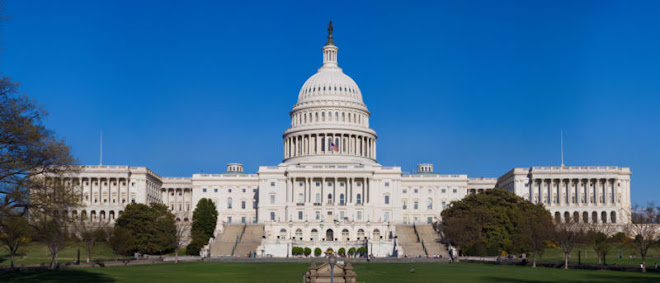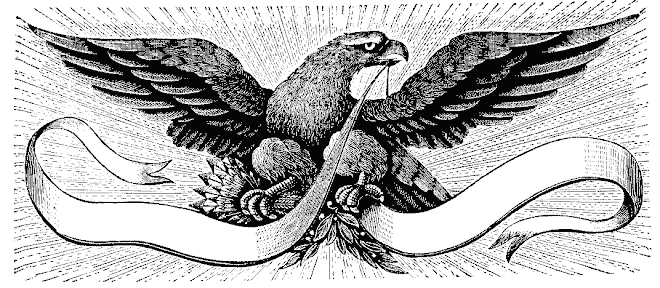From The CATO Institute:

Gauging the Financial Tipping Point
by Richard W. Rahn
This article appeared in Washington Times on March 13, 2012.
Despite the encouraging U.S. jobs-report data last week, the fiscal situation in the United States and most of the rest of the world continues to deteriorate. The European Central Bank said the eurozone’s economy is likely to contract this year. Greece finally formally defaulted last week. The situation continues to get worse, and many observers think Greece will need another bailout within a year. The next time, the world’s taxpayers, rather than private banks, will be holding the bag. The situation in Portugal also is getting worse at an accelerating rate.
It’s not just Europe that is having problems. Last week, the Chinese reduced their expected growth rate from 8.2 percent to 7.5 percent for 2012. There has been growing political deadlock in India, stopping many reforms, which will negatively impact economic growth. There are indications that Brazil also may be facing an economic slowdown.
The 10 largest economies account for a little more than two-thirds of the world gross domestic product (GDP). The United States alone accounts for about 23 percent of global GDP. Of the 10 largest economies, only China and India have economic growth rates higher than their deficits as a percentage of GDP, which means all of the others have a rising debt-GDP ratio, as can be seen in the accompanying chart. Studies have shown that once net debt-GDP ratios rise above 90 percent, it is very hard for countries to avoid debt default and/or high inflation and very painful austerity. The United States, France and the United Kingdom are uncomfortably close to the 90 percent mark. Any further turndown in economic growth that would sharply reduce tax revenues or any unexpected spending because of war or natural disaster would push these countries over the tipping point.
Richard W. Rahn is a senior fellow at the Cato Institute and chairman of the Institute for Global Economic Growth.
More by Richard W. RahnItaly may muddle through, thanks to partial economic reform and a large underground (untaxed) economy. Japan is well past the standard tipping point for most countries and has had two decades of very slow growth but has been saved from a Greek-style meltdown because of its very high domestic savings rate, which finances most of its debt. Even so, any adverse circumstance could push Italy or Japan into a downward fiscal spiral.

Of the 10 largest economies, only Brazil and Canada are in sufficiently strong fiscal positions to weather another global recession without hitting the tipping point. Germany has had strong economic growth and has managed its economy much better than most of the other Europeans, but it depends heavily on exports of machinery and high-tech goods, and as its customers weaken, it will follow them down.
Most of the rest of the world — the other one-third of world GDP — looks little better than the big 10. On every continent, there are many smaller countries with uncomfortably high debt-GDP ratios, and it would not take much to push them into a crisis situation.
The United States is in the best position to make the reforms necessary to take care of its own economic problems and thereby become an engine of economic growth for the world, but the Obama administration continues to head in the wrong direction. It presented a budget that was both economically and politically unrealistic and did nothing to stop the rise in the debt-GDP ratio. The administration has proposed massive tax increases on job creators and continues headlong in its rush to implement job- and economy-killing regulations.
Last week, President Obama said that “reducing the demand for oil would cause its price to drop” and also, “increasing the supply of oil would not cause its price to drop.” Huh? Which is it? What the president has done with his endlessly contradictory statements and actions on the economy is prove that he is the most economically illiterate president at least since Jimmy Carter.
What is unambiguously clear is that without a major course correction in the United States and the other major economies, a new global recession will occur sometime in the next few months or the next year or two at the latest. The economic growth and deficit numbers in the accompanying table are the best that are likely to happen. An incident in the Persian Gulf or elsewhere could send oil prices skyrocketing, which would ricochet quickly throughout the global economy, leading to a new global turndown. The U.S. recovery has been so tepid and incomplete that there is no margin for error. Any major policy error by the Federal Reserve, which is skating on very thin ice, or further economic lunacies by the administration — like blocking the Keystone pipeline — could be the trigger to push the economy beyond the tipping point.
A good economic forecaster looks at the probabilities of all of those things that could go wrong and those that could go right. Yes, it is possible to describe a scenario in which the United States and the world could get out of their current economic fix without too much pain. Unfortunately, even though I am basically an optimist, the probabilities are much more likely that some event will push much of the world over the tipping point within the next 24 months. It didn’t have to be this way.










 PRINT PAGE
PRINT PAGE CITE THIS
CITE THIS





No comments:
Post a Comment